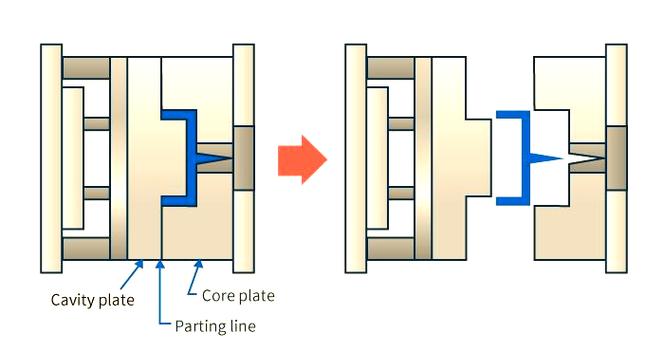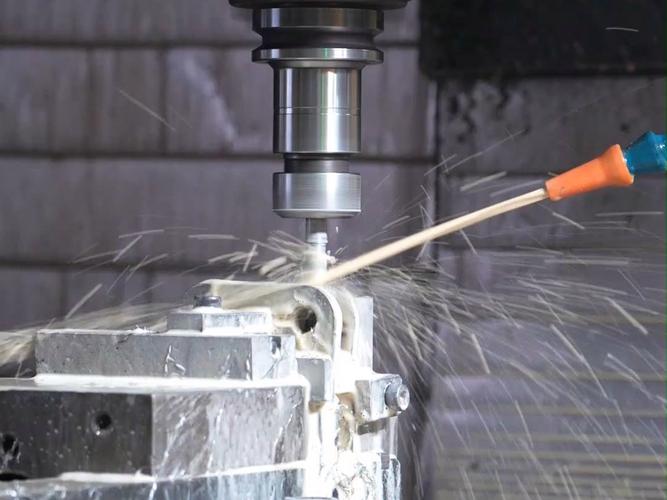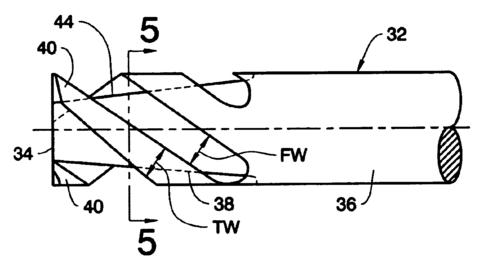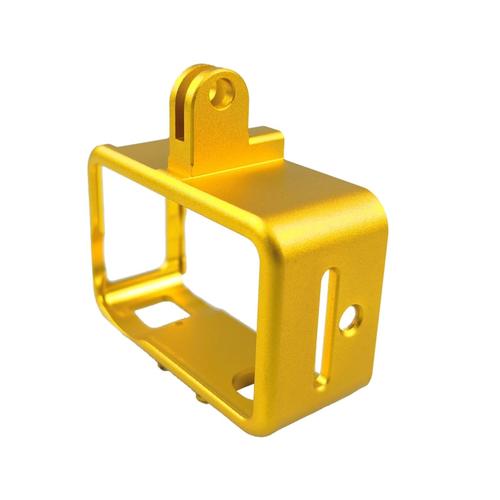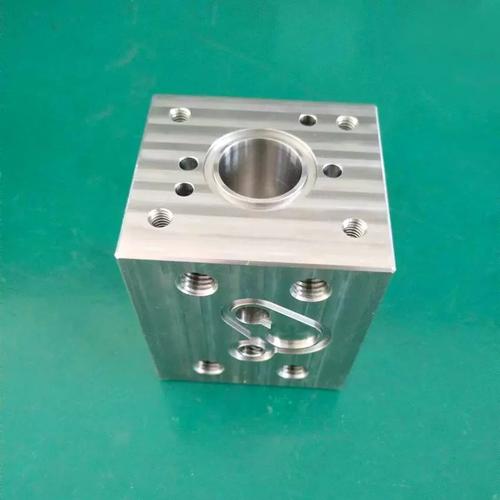
During sheet metal bending, outer layers endure tensile stress and inner layers compressive stress, with a 2-3T zone near the bend line as the stress concentration area. Features too close cause material flow-induced deformation or cracking. For example, a 0.05-inch aluminum sheet needs a 0.2-inch (4×0.05) safety distance; otherwise, hole deviation may exceed ±0.1mm tolerance.
- Hole Layout: Holes for post-punch bending must meet 4T. If not, “bend-first then punch” works but adds cost. In medical device enclosures, shielding holes need 4T from bend lines to avoid EMC issues.
- Boss/Stiffener Design: Bosses (e.g., rivet nut positions) near bend lines risk root stress concentration. A case saw boss fractures until 0.3mm 工艺缺口 (process notches) and layout adjustments fixed it.
- Complex Structures: Multi-bend parts require 4T compliance for all lines. U-groove sidewalls and bottom bend lines must both meet 4T to prevent instability.
- Tolerance & Process Optimization: CNC press brakes use die compensation, but insufficient distance limits effectiveness. A car parts maker embedded 4T in CAD templates via simulation, boosting design efficiency by 30%.
- Material Impact: High-strength materials like 304 stainless steel (1.5mm thick) need 6mm (4×1.5) distance; aluminum can use the 4T minimum.
- Space-Limited Solutions: Local slots or process holes release stress. An industrial cabinet used 1.5T-wide slots near bend lines, reducing hole distance to 2.5T while maintaining strength.
- Functional Failure: Deformed holes caused assembly misalignment in an appliance case, increasing rework costs by 20%.
- Cost Rise: A medical device project saw 5% scrap due to hole deviation; adopting 4T rules cut defects to 0.3%.
The 4T rule is flexible, adjusted by material and bend radius. Small batches may use 3T, but mass production needs fatigue testing. CAD tools like SolidWorks can auto-detect violations, enhancing efficiency.


